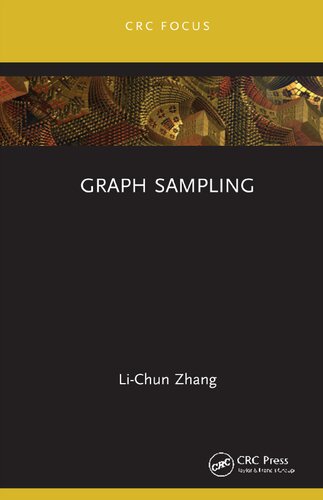

Most ebook files are in PDF format, so you can easily read them using various software such as Foxit Reader or directly on the Google Chrome browser.
Some ebook files are released by publishers in other formats such as .awz, .mobi, .epub, .fb2, etc. You may need to install specific software to read these formats on mobile/PC, such as Calibre.
Please read the tutorial at this link: https://ebookbell.com/faq
We offer FREE conversion to the popular formats you request; however, this may take some time. Therefore, right after payment, please email us, and we will try to provide the service as quickly as possible.
For some exceptional file formats or broken links (if any), please refrain from opening any disputes. Instead, email us first, and we will try to assist within a maximum of 6 hours.
EbookBell Team

4.0
76 reviewsMany technological, socio-economic, environmental, biomedical phenomena exhibit an underlying graph structure. Valued graph allows one to incorporate the connections or links among the population units in addition. The links may provide effectively access to the part of population that is the primary target, which is the case for many unconventional sampling methods, such as indirect, network, line-intercept or adaptive cluster sampling. Or, one may be interested in the structure of the connections, in terms of the corresponding graph properties or parameters, such as when various breadth- or depth-first non-exhaustive search algorithms are applied to obtain compressed views of large often dynamic graphs.
Graph sampling provides a statistical approach to study real graphs from either of these perspectives. It is based on exploring the variation over all possible sample graphs (or subgraphs) which can be taken from the given population graph, by means of the relevant known sampling probabilities. The resulting design-based inference is valid whatever the unknown properties of the given real graphs.
Graph Sampling can primarily be used as a resource for researchers working with sampling or graph problems, and as the basis of an advanced course for post-graduate students in statistics, mathematics and data science.